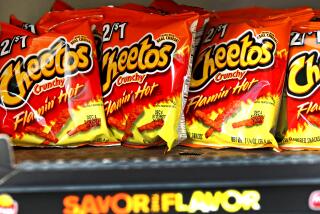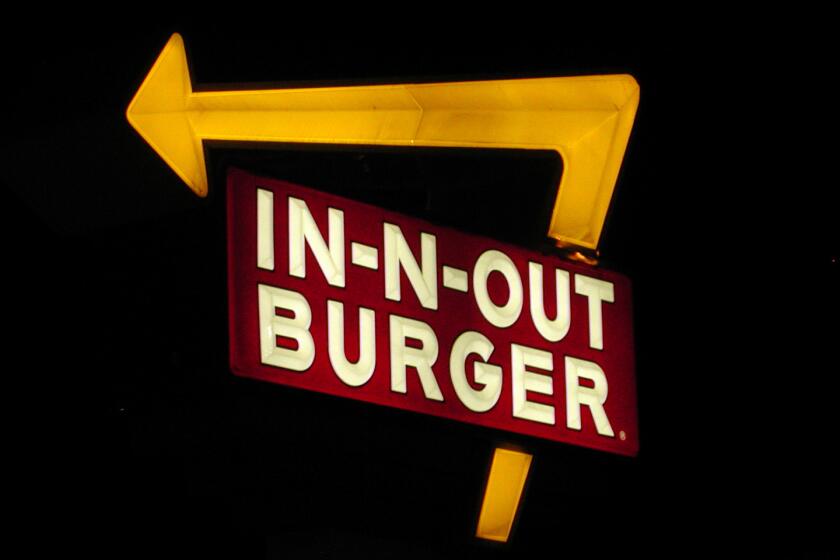Your brain on a Big Mac: Kids turned on by fast-food logos
- Share via
Purveyors of fast food such as McDonald’s try to make impression on young consumers. And a new study of kids’ brains shows that it’s working.
Researchers at the University of Missouri in Kansas City and the University of Kansas Medical Center did MRI scans of kids’ noggins while showing them assorted corporate logos.
Turns out that when a logo for a fast-food chain comes up — the golden arches, say — the pleasure centers of kids’ brains light up, showing that a connection is being made to something considered a treat or a reward.
A similar effect is nowhere to be found when logos for non-food brands are flashed.
“Research has shown children are more likely to choose those foods with familiar logos,” says Dr. Amanda Bruce, who led the study. “That is concerning, because the majority of foods marketed to children are unhealthy, calorifically dense foods high in sugars, fat and sodium.”
The tests were conducted on children ages 10 to 14. They were exposed to 60 food and 60 non-food logos.
The food logos triggered increased activity in areas of the brain known to be involved in reward processing and in driving and controlling appetite.
“The brains of children are ‘imprinted’ with food logos,” Bruce says. “Without the necessary inhibitory processes to aid in decision-making, youths are particularly susceptible to making poor choices about what to eat.”
And there’s your bottom line: The marketing of junk food plays a significant role in the obesity epidemic.
In other words, kids often crave bad-for-you food because they’ve been wired by ads and commercials to associate the related brands with pleasure.
Does that mean we should have curbs on junk-food ads, just as there are limits for cigarette and alcohol ads?
I say yes. But I’ll save the free-speech debate for another day.
More to Read
Inside the business of entertainment
The Wide Shot brings you news, analysis and insights on everything from streaming wars to production — and what it all means for the future.
You may occasionally receive promotional content from the Los Angeles Times.











